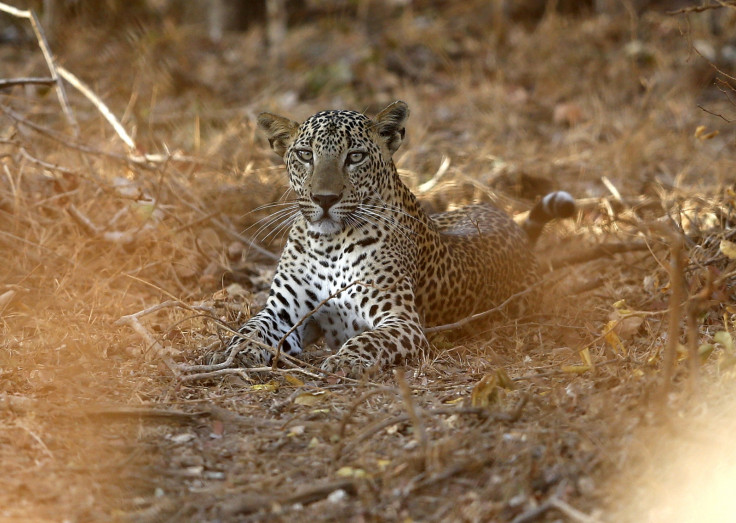India: Woman, 56, Kills Leopard Using Sickle and Spade in Hour-Long Battle

An elderly woman from a village in North India has killed a leopard using a sickle and a small spade.
She is recovering at a hospital where she is being treated for three fractures and many cuts and wounds, according to an India Today report.
For 56-year-old Kamla Negi from Koti Badna village in the state of Uttarakhand, it was just another day at work in the fields when she was attacked by the leopard.
Fighting for almost an hour, she managed to kill the cat but was grievously wounded in the process. Kamla managed to walk back to the village and was taken to the hospital.
The leopard fled the spot and was later found dead near the village.
Man-animal conflicts have been on the rise in India with elephants and leopards being involved in many instances.
Besides Uttarakhand, instances of leopards straying into human habitations have been reported in Himachal Pradesh, Jammu and Kashmir, Karnataka, Assam and even the suburbs of cities like Bangalore, Mysore, Mumbai and Guwahati.
Uttarakhand alone has reported around 200 cases of leopard attacks on humans annually.
Last month, in Tehri in Dehra Dun, a pregnant woman, a four-year-old child and an elderly man were killed in leopard attacks in a short span of time causing the forest department to hire a hunter who shot down the animal.
Leopards losing out
Shrinking habitat and non-availability of prey send the leopards in search of easy prey among cattle found in the villages.
While a couple of leopards have been shot following claims of man-eating, experts say that autopsies of the slain animals have many times proved otherwise.
The forest department and the government are often pressured by the locals, who fear for their cattle, into declaring the animal as man-eater so that it can be killed.
Unofficial estimates put the number of leopards in India at about 10,000. About 200 leopards are killed by poachers every year, says Down To Earth.
The big cat, Panthera pardus fusca, declared an endangered species under Schedule I of the Indian Wildlife (Protection) Act, 1972, and also listed as "Near Threatened" in the IUCN Red List of Threatened Species, has been largely neglected in the global focus on its bigger cousin Panthera tigris or the tiger.
© Copyright IBTimes 2025. All rights reserved.



















